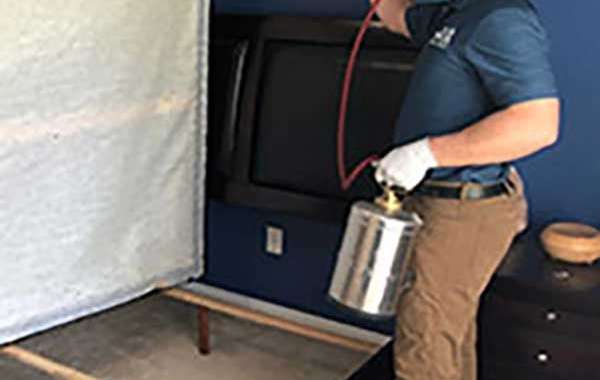Navigating the market for bed bug pesticides can feel like traversing a maze of options, each promising to be the ultimate solution to your bed bug woes. However, with proper understanding and guidance, you can make informed decisions to effectively combat these persistent pests. This article serves as your compass, shedding light on the diverse landscape of bed bug pesticide and their practical applications.
Decoding Bed Bug Pesticides
Before diving into the selection process, it's essential to grasp the types of pesticides available and their mechanisms of action against bed bugs. These include contact sprays, residual sprays, dusts, and insect growth regulators (IGRs), each targeting different stages of the bed bug life cycle.
Contact Sprays and Residual Sprays
Contact sprays are designed to kill bed bugs on contact, offering immediate results. However, they may lack residual efficacy, requiring repeated applications. Residual sprays, on the other hand, leave behind a lasting barrier that continues to eliminate bed bugs over time. When choosing between the two, consider the severity of the infestation and the desired duration of protection.
Dusts and Insect Growth Regulators
Dusts, such as diatomaceous earth or silica gel, work by dehydrating and desiccating bed bugs, effectively disrupting their outer shell and leading to dehydration. Insect growth regulators, like hydroprene or methoprene, interfere with the growth and development of bed bugs, preventing them from reaching maturity and reproducing. These options provide long-term control and are particularly useful in hard-to-reach areas.
Assessing Your Needs
Effective pest control begins with a thorough assessment of your specific situation. Consider factors such as the extent of the infestation, the type of environment (residential or commercial), and any health concerns for occupants or pets. This information will guide your selection process and ensure that you choose the most appropriate pesticide for your needs.
Targeted Treatments
Incorporate targeted treatments based on your assessment to maximize efficacy while minimizing environmental impact. Focus on areas where bed bugs are most likely to harbor, such as seams of mattresses, cracks in furniture, and behind baseboards. By concentrating efforts on these hotspots, you can achieve more precise and efficient control of bed bug populations.
Conclusion:
Navigating the market for bed bug pesticides can be overwhelming, but armed with knowledge and understanding, you can make confident choices to combat these resilient pests. By decoding the various types of pesticides available and assessing your specific needs, you can tailor your approach to achieve effective and long-lasting control. Remember to prioritize safety, efficacy, and environmental sustainability in your selection process, ensuring a pest-free environment for you and your loved ones. With informed navigation of the pesticide market, you can reclaim your space from bed bugs and enjoy peace of mind once again.




